If you’re a street photographer, or simply interested in the genre, think about how you define it. This may be a question you’ve often asked yourself already. While street photography isn’t necessarily a young genre (although its increasing popularity over the past five years would suggest that it is), it appears to have only recently found itself subject to a variety of camps expounding how it should be defined.
In an issue of the magazine last year we spoke to Jerry Webb, who pointed out that while he had often enjoyed calling himself a street photographer, he had received messages from photographers saying that his work, due to its post-processing, didn’t qualify as true street photography.
Just a few weeks later we spoke to Nick Turpin, a member of iN-PUBLiC, which is a group of street photographers who operate as a collective. He defined the term as ‘candid photography in a public place’. It’s for this reason that Turpin rejects ‘interventions’, like the use of flash or interacting with the subject.
Keeping those parameters, and also ‘interventions’, in mind, how does Brighton-based Heather Buckley feel about the label of street photographer?
‘I’m more than comfortable with the label,’ says Heather, who is more than happy to defend herself against anyone who denies her the title. ‘It’s what I do. I go out into the street and I grab images. Sometimes with those opportunities I’ll need some involvement. So, for example, if I see a perfect foreground and background and I want to see them together, I’ll ask someone to move. In terms of the strict street photography code, that’s not street photography. Maybe you could call it street portraiture.’
Heather believes you can still call yourself a street photographer even if you edit your images, such as by cropping – an editing choice she sometimes uses on her own shots.
‘Sometimes, if I have the vision for an image in my head, I’ll take it with my wideangle lens but it will be too far away,’ says Heather. ‘But I know that with a 50% crop I can get exactly the image I want. So then I’ll take the image and crop it. Also, I’m a stickler for verticals and horizons being straight where they need to be. Obviously, with a wideangle I’ll get those dramatic angles at the corners, which I’ll use for the composition in order to make it dynamic. I don’t like things that are nearly straight, like windows and walls. In post-production, I’ll tilt it very slightly. I see nothing wrong with that.’
Heather makes a fair point when she says that the rules of street photography are very new. It used to be that a street photographer was anyone who went out on the street with a camera.
‘Bruce Gilden has fantastic photographs of people he has stopped in the street and asked to photograph,’ says Heather. ‘That’s in addition to the guerrilla flash-in-your-face style he employs today. Some of his images are posed. That doesn’t make him any less of a street photographer.’
Playing the game
Perhaps the biggest compliment that can be paid to Heather’s vibrant and dynamic images is that they are clearly constructed with love and passion. This is a passion not just for the medium of photography, but also for the characters she encounters during her jaunts on the streets of Brighton in East Sussex, either alone or with one of her many carefully tailored and intensive workshops.
‘Street photography is like a game,’ says Heather, whose enthusiasm for the genre is evident in just about everything she says. ‘What I like to do is match a background with a subject.
There’s a relationship between the elements and it’s your job to make that obvious in your image. Things like that are everywhere; there’s at least ten along every street, and that’s what I find so exciting. There’s a skill to finding these things and getting it right.’
A perfect example of what Heather is referring to can be seen in a shot she took at the 2015 Brighton Fringe Festival (above). It’s a shot that Heather is particularly proud of – and for good reason.
‘The guy in the shot is dressed as an elderly woman,’ says Heather. ‘Actually, to be specific, he’s occupying the character of an agony aunt. The idea was that people would go up to him and tell him their problems. When I saw him I remembered a shot from Roger Clay that features a person walking along with an Afro and in the near distance we can see a tree. The Afro and foliage side by side look identical. The agony aunt in my image had curly wiry hair and I placed him in front of a tree.
‘It’s a perfect complement to the shape and adds around four inches to the wig. It’s weird and hypnotic, because at first glance it appears to be an old woman with huge hair. The you look a little closer and see the reality of the scenario.’
Vibrant scenes and characters are a key element of Heather’s work, but readers will also note one particularly striking trope of the images: the use of a wideangle lens.
‘I love the instant drama you get with a wideangle lens,’ says Heather. ‘You get really strong diagonals with a touch of distortion that some people don’t like, but I’m a big fan.
A wideangle will give you fantastic bold foregrounds with loads of texture and interest. You can also include a ridiculous amount of environment. The background and foreground together make up the total composition and you have to ensure every element is in exactly the right place.’
This belief represents something of a shift for Heather, who was taught back in the early days, as so many of us are, that it’s better to crop in to get rid of the mess.
But surely the secret of great photography is getting the mess in order? And, as Heather rightly points out, knowing exactly where to stand when taking the image.
‘That’s the thing I find on my workshops,’ says Heather, who offers a variety of courses on her website. ‘People take a while to figure out how to arrange their composition, but when they understand that all they have to do is move, the penny drops and their image is transformed. That’s particularly true with longer lenses. It’s all about the micro-movements. As Sergio Larraín said, “Organise the rectangle”.’
Head first acrobats
![[BOX-OUT]-Head-First-Acrobats](/wp-content/uploads/sites/7/2015/08/BOX-OUT-Head-First-Acrobats.jpg)
‘I get such a high when I nail a shot and everything comes together,’ says Heather, on a particular shot that pleased her (above). ‘I had one opportunity to take this shot. It’s a usual angle for me – I’m using my wideangle lens and I’m on the ground shooting up. There’s a guy moving through the frame with a huge loop and he’s spinning inside. I was shooting blind as I often do with my wideangle.
‘That takes a lot of practice to get your subject where you want in the frame while not looking through the viewfinder. You can also see that framed through the shape of his body are the other two acrobats, one upside down with his head on top of the other. It’s a perfect shot and exactly sums up the thrill you get when you get a shot right.’
In/visible
We’ve run several street photography workshops ourselves here at AP. As popular as they are, one of the key issues revolves around confidence. It isn’t easy approaching people on the street. Oddly, it also takes a degree of confidence to remain invisible. Street photographers fall into two camps: the gregarious and the discreet. But talking to Heather, it becomes instantly clear that these are both necessary virtues of a street photographer.
‘I like people, so I find it easy to approach them,’ says Heather. ‘If they ask why I want to photograph them, I’ll tell them the truth: there’s something about them I love. It could be their shoes, it could be their outfit, it could be that they either complement or contrast with the background.
‘I’ll tell them I’m a street photographer and give them my card. Then, if they email me, I’ll send them the image.’
That’s not to say Heather is averse to shooting discreetly and capturing the kind of candid shots that more often than not form the backbone of street photography. Recently, Heather has been shooting with the Olympus OM-D range of cameras coupled with a 7-14mm lens (as opposed to her larger Canon models with a 16-35mm lens) and has been making use of the handy flip screen.
‘The Olympus cameras are so discreet and the flip screen frees me from looking through the viewfinder all the time,’ says Heather. ‘I can look through the lens briefly, frame the shot, then straighten up keeping the camera in the same position away from my face. That works for candid shots and also keeps people feeling at ease while I’m engaging with them.’
Perhaps another noticeable element of Heather’s work is her use of flash (again, something some street photography purists would object to). It’s another technique that adds a degree of dynamism to Heather’s work, although she has strict rules about when and where she will use it.
‘I use flash all the time outdoors,’ says Heather. ‘Usually it will be a Canon EOS 5D with a Speedlite flash on top. For every event I do, I’ll use flash, but that excludes when I’m working indoors where I’ll only use available light. If I’m shooting someone against a sky I’ll use flash, and I’ll always use it for portraiture and action. Often at events I’ll have to move fast. One minute I’m shooting into the sun and the next it’s behind me.
‘Flash helps me to work as fast as necessary, but I’ll only use it in conjunction with the sun. At night, it’s flash off, because of the fantastic low-light capabilities of the Canon EOS 5D and Olympus OM-D range.’
It seems appropriate to end with a look at the work that goes into Heather’s images during post-processing. While she does employ some degree of Photoshop, Heather has a clearly defined set of rules. ‘If there are things such as people at the edge of my frame, I won’t clone them out,’ she says. ‘If something is there, it’s there. Rather than cloning things out I’ve learned that just converting the image to black & white will cause the object to merge with the background. You can also change the tones in certain areas to match the background, but those things are still there and become less of a distraction.
‘I’ve actually gone back through a lot of my archive and re-edited them. I’ve ensured all the elements are back where they were when I took the photograph.’
Heather Buckley is based in Brighton, East Sussex. She takes on commissions, and writes articles online and in popular photography magazines. She also runs workshops, which can be booked through her website at www.heatherbuckley.co.uk
New to street photography? Check out our Beginners guide to Street Photography here.



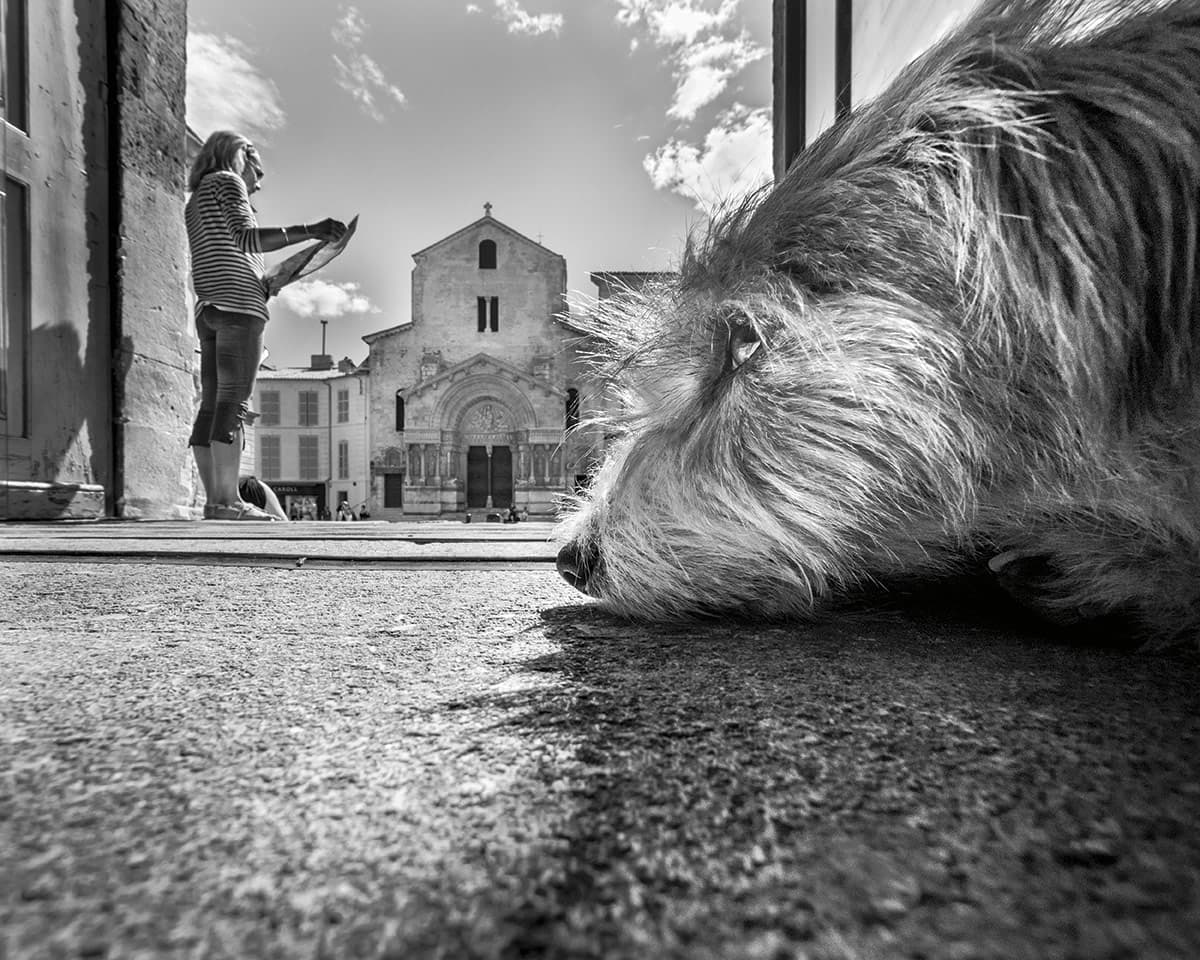
![[MENTIONED-IN-COPY]-Ms-Samantha-Mann-at-Brighton-Fringe](/wp-content/uploads/sites/7/2015/08/MENTIONED-IN-COPY-Ms-Samantha-Mann-at-Brighton-Fringe.jpg)
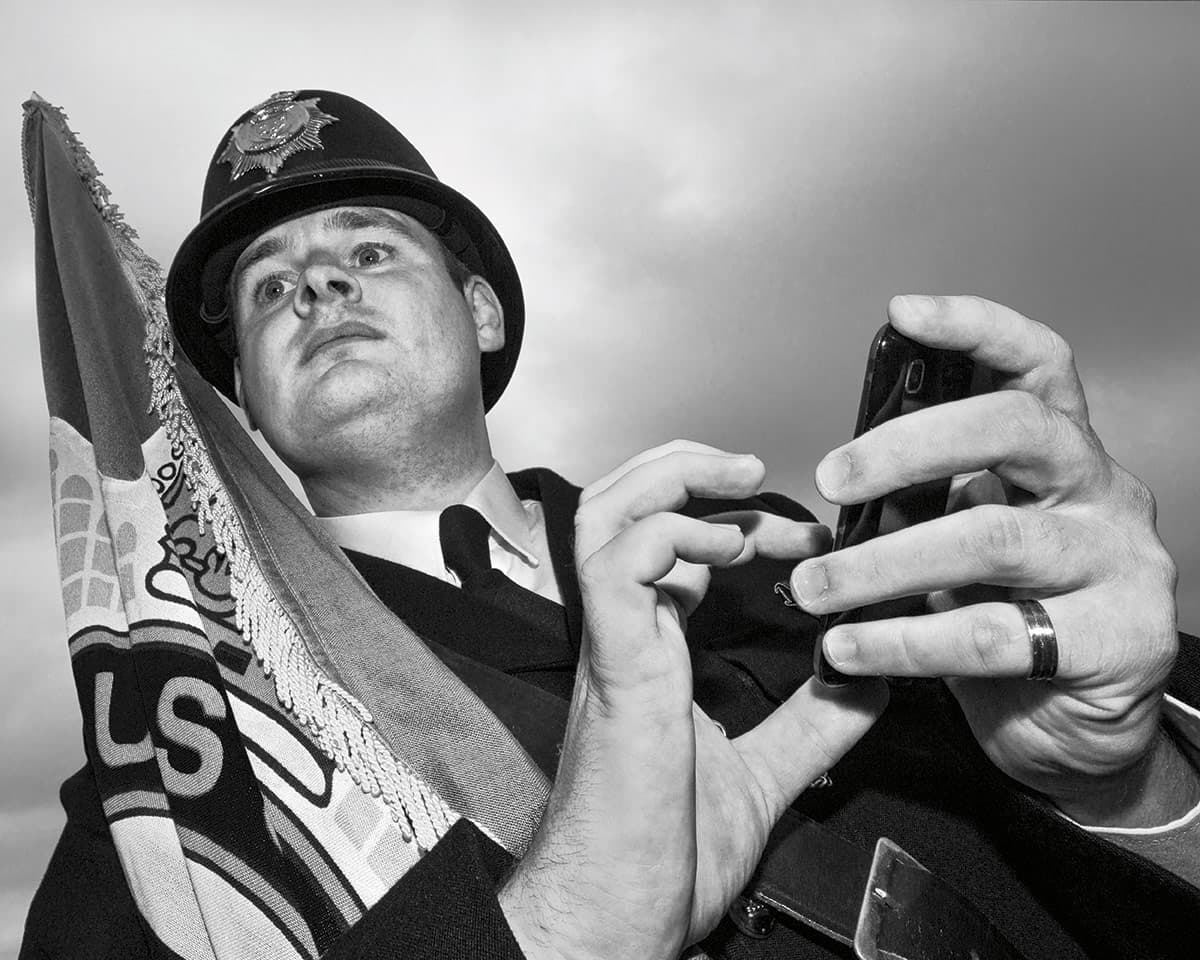
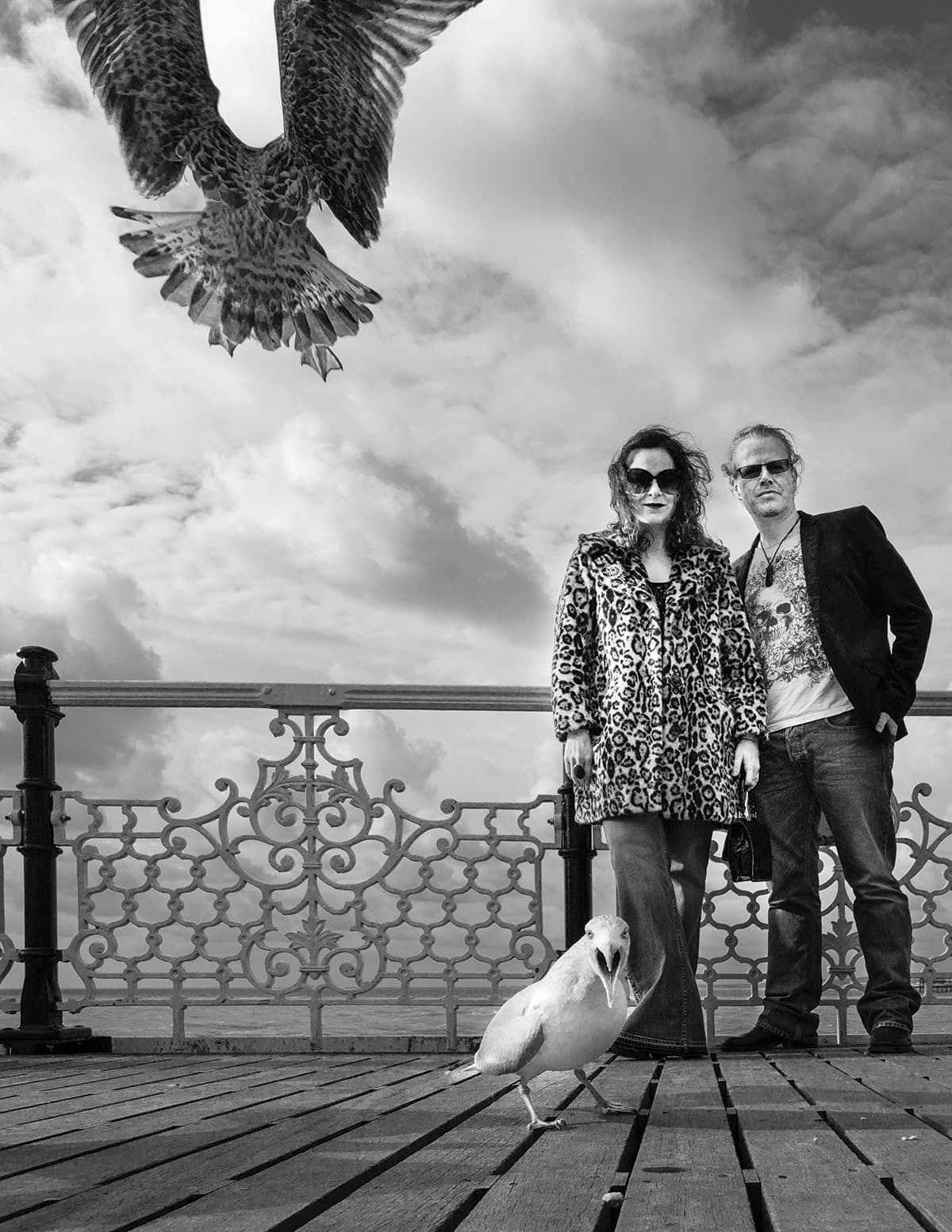
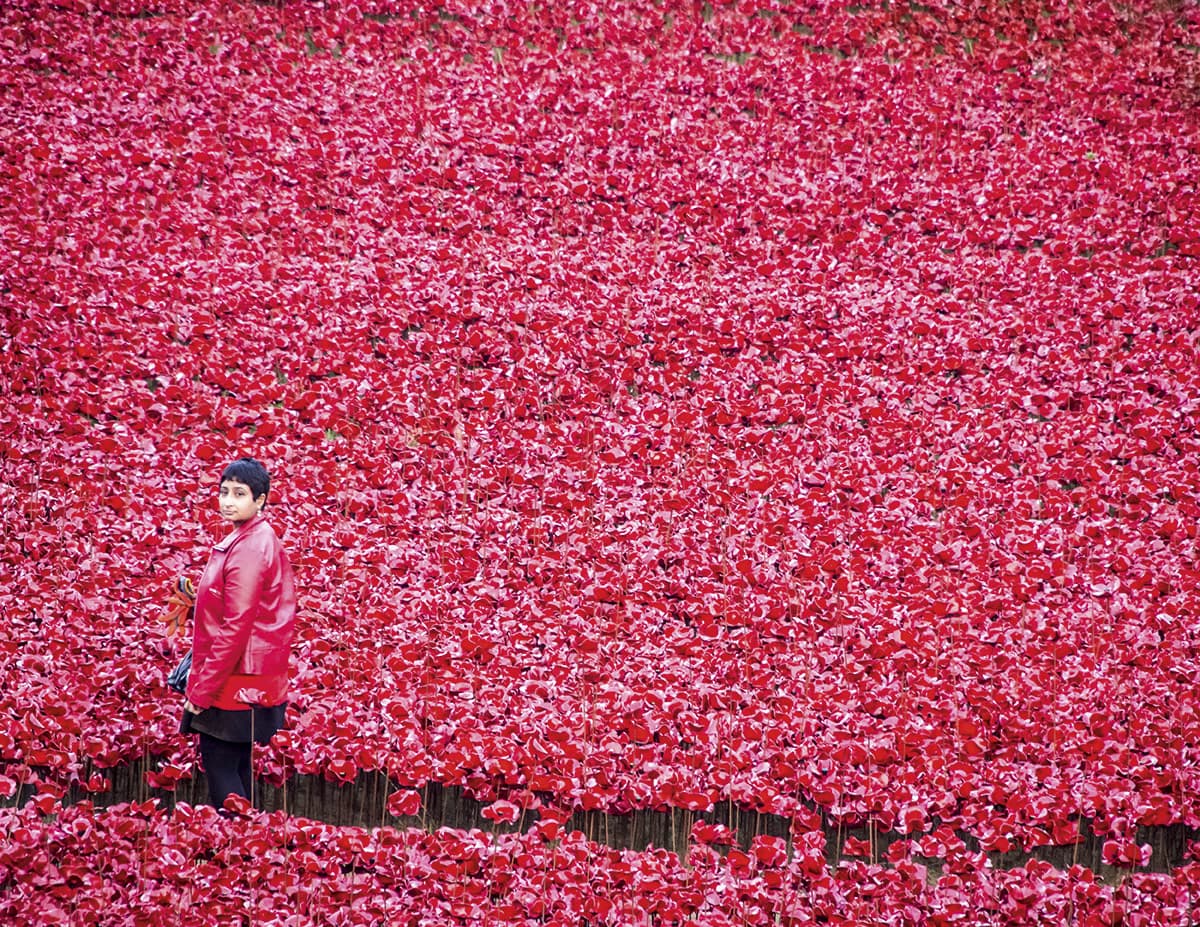
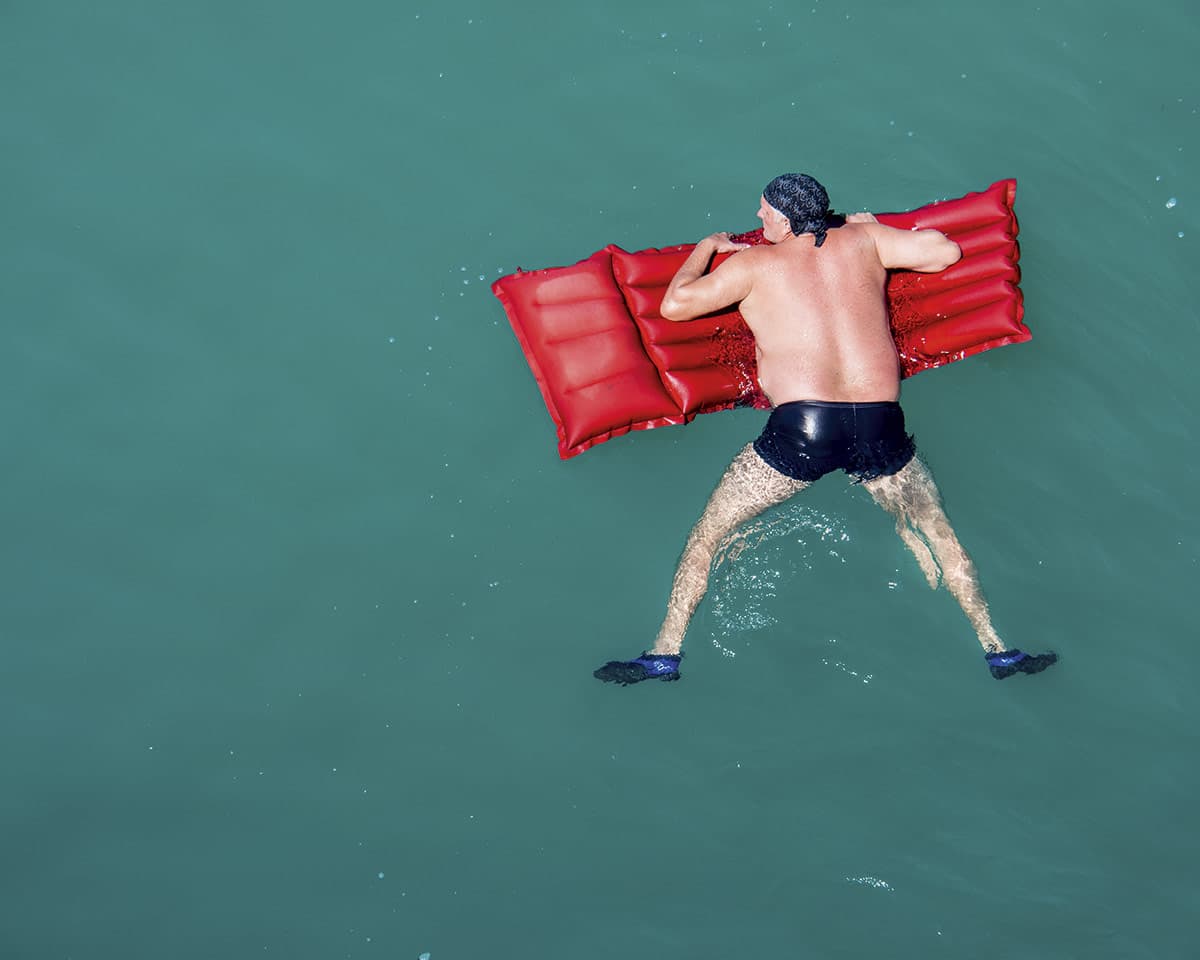
![[MENTIONED-IN-COPY]-brighton-festival-childrens-parade](/wp-content/uploads/sites/7/2015/08/MENTIONED-IN-COPY-brighton-festival-childrens-parade.jpg)





